
Philip José Farmer was an American author known for his science fiction and fantasy novels and short stories.

John Crowley is an American author of fantasy, science fiction and historical fiction. He has also written essays. Crowley studied at Indiana University and has a second career as a documentary film writer.
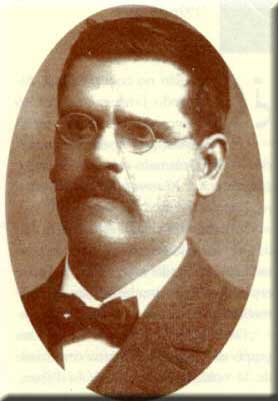
Mariano Azuela González was a Mexican writer and medical doctor, best known for his fictional stories of the Mexican Revolution of 1910. He wrote novels, works for theatre and literary criticism. He is the first of the "novelists of the Revolution," and he influenced other Mexican novelists of social protest.
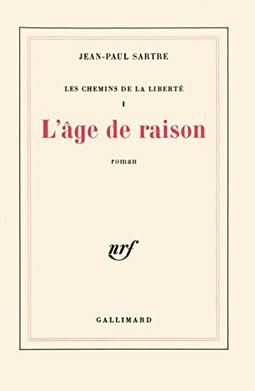
The Age of Reason is a 1945 novel by the philosopher Jean-Paul Sartre. It is the first part of the trilogy The Roads to Freedom. The novel, set in the bohemian Paris in 1938, focuses on three days in the life of philosophy teacher Mathieu who is seeking money to pay for an abortion for his girlfriend, Marcelle. Sartre analyses the motives of various characters and their actions and takes into account the perceptions of others to give the reader a comprehensive picture of the main character.

The Cisco Kid is a fictional character found in numerous film, radio, television and comic book series based on the fictional Western character created by O. Henry in his 1907 short story "The Caballero's Way", published in Everybody's Magazine, v17, July 1907, as well as in the collection Heart of the West. Originally a murderous criminal in O. Henry's story, the Kid was depicted as a heroic Mexican caballero later in films, radio and television adaptations.
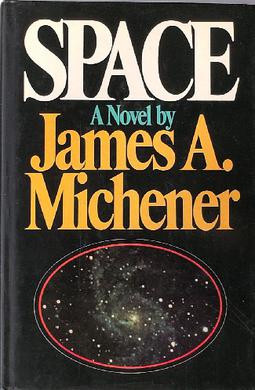
Space is a novel by James A. Michener published in 1982. It is a fictionalized history of the United States space program, with a particular emphasis on human spaceflight.

Moonchild is a novel written by the British occultist Aleister Crowley in 1917. Its plot involves a magical war between a group of white magicians, led by Simon Iff, and a group of black magicians, over an unborn child. It was first published by Mandrake Press in 1929 and its recent edition is published by Weiser.

Susette La Flesche, later Susette LaFlesche Tibbles and also called Inshata Theumba, meaning "Bright Eyes" (1854–1903), was a well-known Native American writer, lecturer, interpreter, and artist of the Omaha tribe in Nebraska. La Flesche was a progressive who was a spokesperson for Native American rights. She was of Ponca, Iowa, French, and Anglo-American ancestry. In 1983, she was inducted into the Nebraska Hall of Fame. In 1994, she was inducted into the National Women's Hall of Fame.

The Diary of a Drug Fiend, published in 1922, was occult writer and mystic Aleister Crowley's first published novel, and is also reportedly the earliest known reference to the Abbey of Thelema in Sicily.

Woman on the Edge of Time is a 1976 novel by Marge Piercy. It is considered a classic of utopian "speculative" science fiction as well as a feminist classic. The novel was originally published by Alfred A. Knopf. Piercy draws on several inspirations to write this novel such as utopian studies, technoscience, socialization, and female fantasies. One of Piercy's main inspirations for her utopian novels is Plato's Republic. Piercy describes the novel as, "if only...". Piercy even compares Woman on the Edge of Time and another one of her utopian novels He, She, and It when discussing the themes and inspirations behind Woman on the Edge of Time.

The Salt Roads is a novel by Canadian-Jamaican writer Nalo Hopkinson, published in 2003. It has been categorized as historical fiction, speculative fiction, science fiction, and magical realism.
Edward IV of England has been depicted in popular culture a number of times.
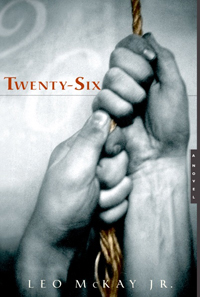
Twenty-Six is the debut novel by author Leo McKay, Jr., released in 2003. The book was a national bestseller in Canada and won the 2004 Dartmouth Book Award for Fiction.
A relatively common motif in speculative fiction is the existence of single-gender worlds or single-sex societies. These fictional societies have long been one of the primary ways to explore implications of gender and gender-differences in science fiction and fantasy. Many of these predate a widespread distinction between gender and sex and conflate the two.

Freedom is a 2010 novel by American author Jonathan Franzen. It was published by Farrar, Straus and Giroux. Freedom received general acclaim from book critics, was ranked one of the best books of 2010 by several publications, and called by some critics the "Great American Novel". In 2022, it was announced that Freedom would be adapted for television.
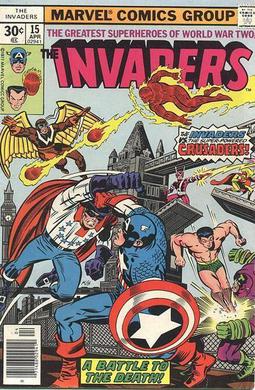
The Crusaders is a group of fictional characters appearing in American comic books published by Marvel Comics. The characters first appear in The Invaders #14 and were created by Roy Thomas, Jack Kirby, and Frank Robbins.
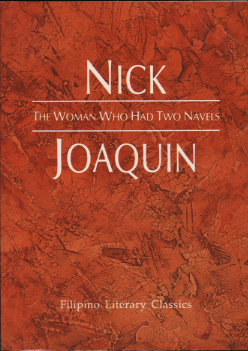
The Woman Who Had Two Navels is a 1961 novel by Nick Joaquín, a National Artist for Literature and leading English-language writer from the Philippines. It is considered a classic in Philippine literature. It was the recipient of the first Harry Stonehill Award.
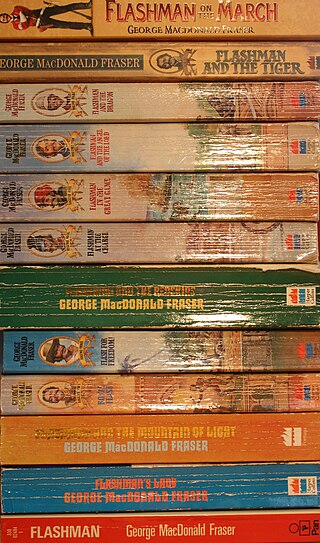
The Flashman Papers is a series of novels and short stories written by George MacDonald Fraser, the first of which was published in 1969. The books centre on the exploits of the fictional protagonist Harry Flashman. He is a cowardly British soldier, rake and cad who is placed in a series of real historical incidents between 1839 and 1894. While the incidents and much of the detail in the novels have a factual background, Flashman's actions in the stories are either fictional, or Fraser uses the actions of unidentified individuals and assigns them to Flashman. Flashman is a character in the 1857 novel by Thomas Hughes, Tom Brown's School Days; Hughes' version of the character is a bully at Rugby School who is expelled for drunkenness. The character was then developed by Fraser, and appeared in the 1969 novel Flashman. Fraser went on to write a total of eleven novels and one collection of short stories featuring the character.
















